Renata Barradas Gutierrez
renatabarradas88@gmail.com
Washington D.C, United States
Renata earned a Bachelor’s Degree in International Relations from Tecnologico de Monterrey and two Certificates in Woman, Gender and Development and International Relations from The University of British Columbia. While working as Communications Coordinator in Cinco Panes y Dos Peces A.C., a Mexican nonprofit organization, she helped indigenous communities in isolated regions in Mexico to apply a Risk Prevention, Control and Management Plan. Simultaneously, Renata taught a certificate in Financing Strategies and Fundraising for nonprofits. Previously, she coordinated two international volunteer projects in Belgium at the Red Cross Center for Asylum Seekers and at the Asylum Seekers and at the Arthur Regniers Center for motor and brain handicapped people. Renata has volunteered in ten projects nationally and internationally concerning a wide range of topics such as: orphan children, Down's syndrome children, reforestation, Elkhorn Coral Planting, fundraising, and reconstruction. Through these experiences, she developed project coordination and implementation, fundraising, web development and research skills. Renata enjoys topics related to philanthropy and has a strong passion for poverty relief and refugees. As a result, from her passion in the nonprofit sector, she has cofounded Amarte A.C., and Hoor A.C., two Mexican nonprofit organizations.
Renata currently helps to support the information and knowledge management needs of the Global Disaster Preparedness Center (GDPC). This includes providing immediate support for data collection and analysis, maintaining and refining an effective knowledge management system for a state-of-the-art resource center, and piloting of complementary knowledge management initiatives.
Report
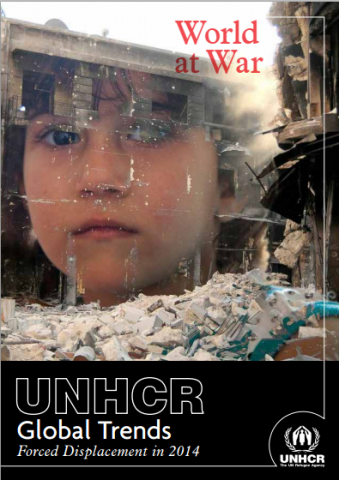
The year 2014 has seen continuing dramatic growth in mass displacement from wars and conflict, once again reaching levels unprecedented in recent history. One year ago, UNHCR announced that worldwide forced displacement numbers had reached 51.2 milli...
Report
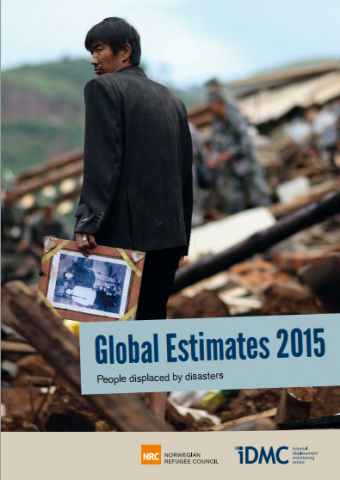
Since 2008, an average of 26.4 million people have been displaced from their homes each year by disasters brought on by natural hazards- equivalent to one person displaced every second. The time is opportune to ensure the causes and consequences of t...
Guidance material
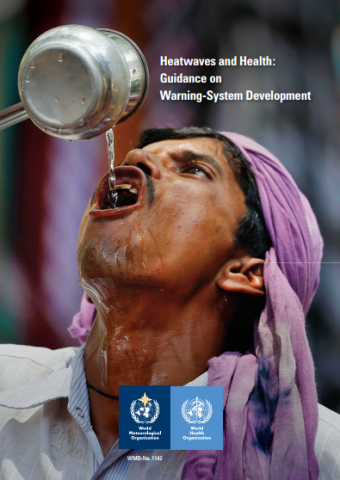
Heatwaves are among the most dangerous of natural hazards, but rarely receive adequate attention. They often lack the spectacular and sudden violence of other hazards, such as tropical cyclones or flash floods. Even the related death tolls are not al...
Guidance material
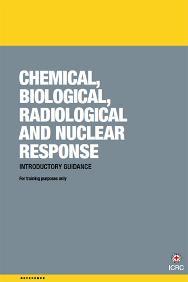
The ICRC might be required to undertake activities in locations where there is the potential for intentional or unintentional release of chemical, biological, radiological or nuclear (CBRN) agents. In such situations, ICRC staff may be at risk of exp...
Awareness material
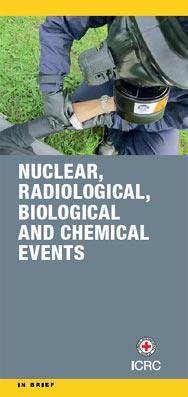
Nuclear, radiological, biological or chemical (NRBC) events are actions or occurrences that may lead to the release and dispersal of hazardous materials in quantities and in circumstances that put individuals or groups at significant risk. This leaf...
Awareness material
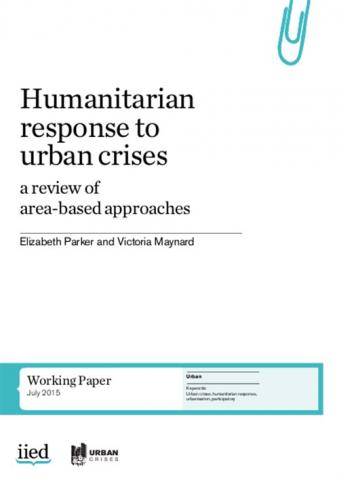
In recent years there has been increasing interest in area-based approaches among humanitarian actors responding to urban crises. Through analysis of case studies, as well as available policy literature, this paper proposes that, in an urban context,...
Awareness material
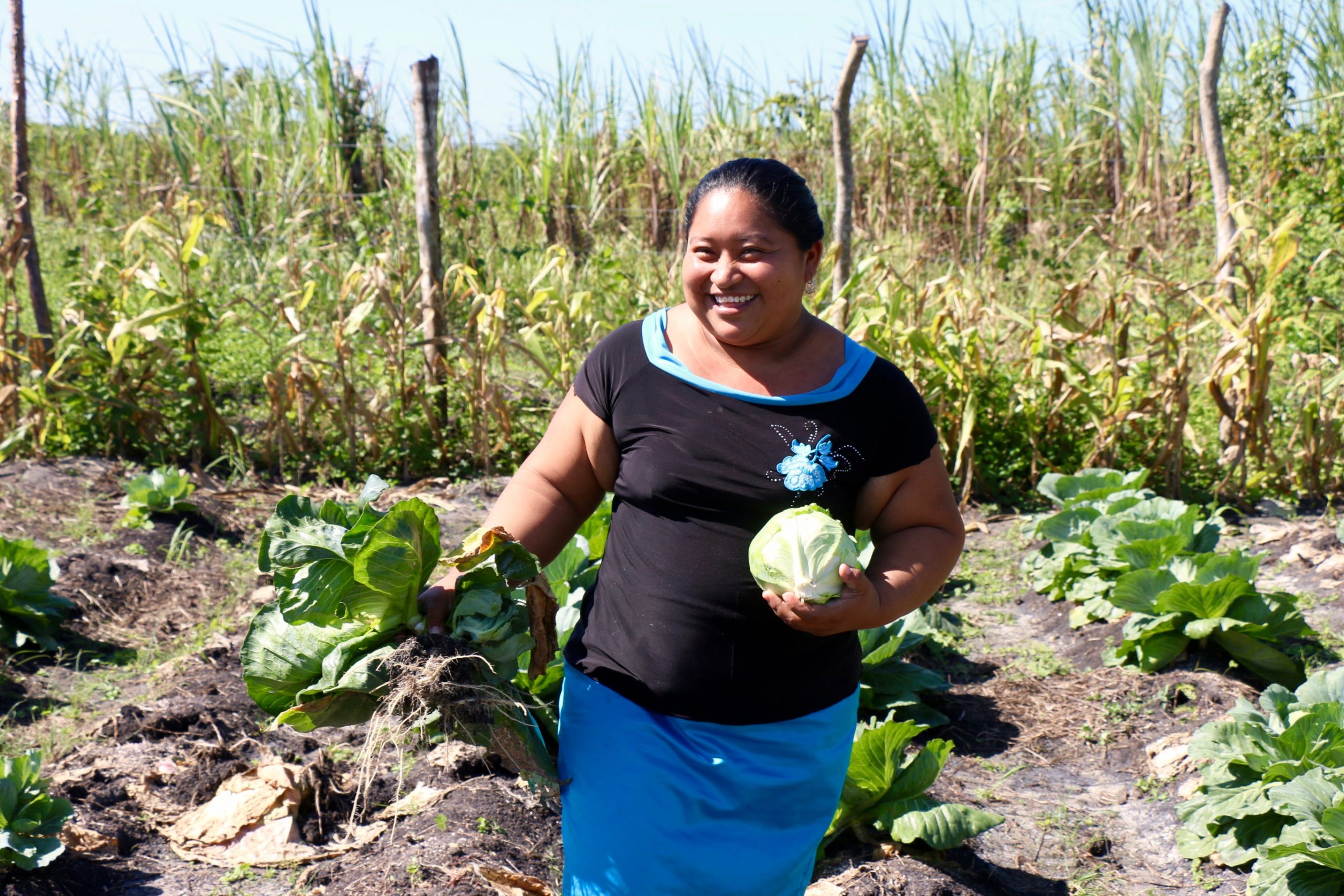
Twitter, a popular communications platform, is identified as contributing to improved mortality and morbidity outcomes resulting from the 2013 Hattiesburg, Mississippi EF-4 Tornado. This study describes the methodology by which Twitter was investigat...
Awareness material, Other type of resource
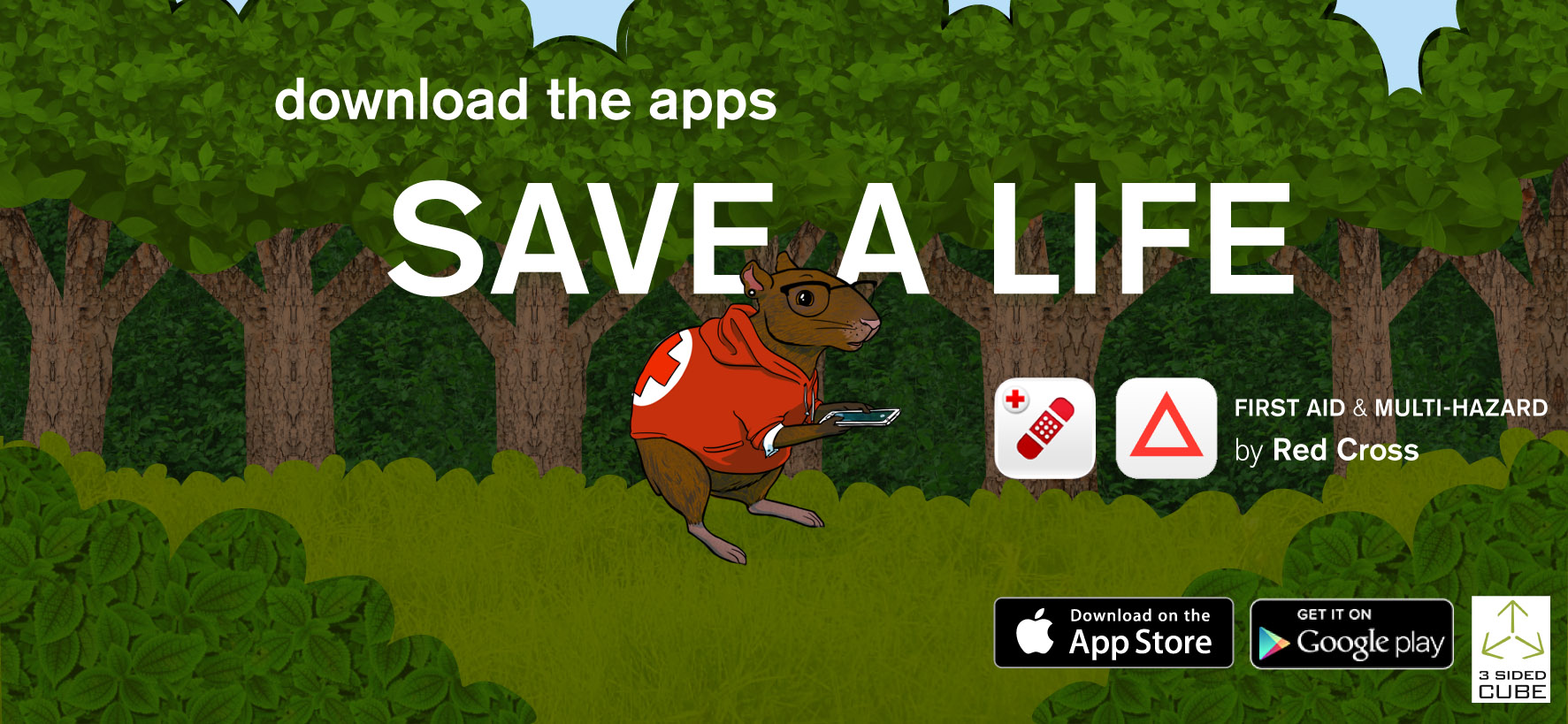
This edition of Asian Disaster Management News focuses on disaster recovery: the governance, economics, and social impacts. It includes features on i) recovery planning, ii) the needs of survivors in post-disaster needs assessments, iii) defining the...
Video
This video explains what we understand by “resilience” in the Resilience In The Americas (RITA)program, as the basis for the development of the baseline.
